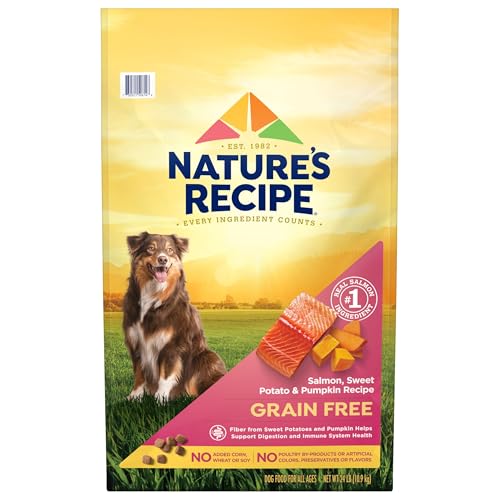Choosing the best grain-free dog food can be challenging. Pet owners want nutritious options for their furry friends.
Grain-free dog food is increasingly popular. Many dogs have sensitivities to grains, leading to digestive issues. A grain-free diet may help. It provides alternative sources of carbohydrates and proteins. These foods often include sweet potatoes, peas, or lentils. They offer balanced nutrition without grains.
This blog post will explore top grain-free dog food options. We will discuss their benefits and ingredients. Our goal is to help you make an informed choice for your dog’s health. Let’s dive into the best grain-free dog foods available today.
Buying Guide On Best Grain Free Dog Food
best grain free dog food buying guide
choosing the right grain free dog food is important for your pet’s health. Here are steps to help you find the best option.
-
understand your dog’s needs
each dog has unique dietary needs. Consider your dog’s age, size, and health.
-
check the ingredients
read the ingredient list carefully. Look for high-quality protein sources.
-
look for nutrients
good dog food includes essential vitamins and minerals. Ensure a balanced diet.
-
avoid fillers and additives
some foods have fillers like corn or soy. Avoid artificial preservatives.
-
research brands
choose reputable brands. Read reviews and check for recalls.
-
consult your vet
vets can provide valuable advice. Discuss any dietary changes with them.
-
consider your budget
grain free dog food can be expensive. Find a good balance of quality and cost.
-
test small quantities
buy small bags first. See how your dog reacts before buying larger amounts.
-
observe your dog’s health
watch for changes in energy, coat, and stool. Adjust food if needed.
-
stay consistent
stick to the chosen food. Avoid frequent changes to prevent stomach issues.
Conclusion
Finding the best grain free dog food can greatly improve your dog’s health and happiness. Grain free options cater to dogs with allergies and sensitivities. They offer a balanced diet without common allergens. Always check the ingredients. Look for high-quality protein sources like chicken or fish.
Avoid fillers and artificial additives. Consult your vet before making a switch. They can provide tailored advice for your dog’s needs. Remember, each dog is unique. What works for one may not work for another. Patience is key. Introduce new foods slowly to avoid tummy issues.
Your furry friend deserves the best nutrition possible. With the right grain free dog food, your dog can thrive and enjoy a healthier life. Happy feeding!














